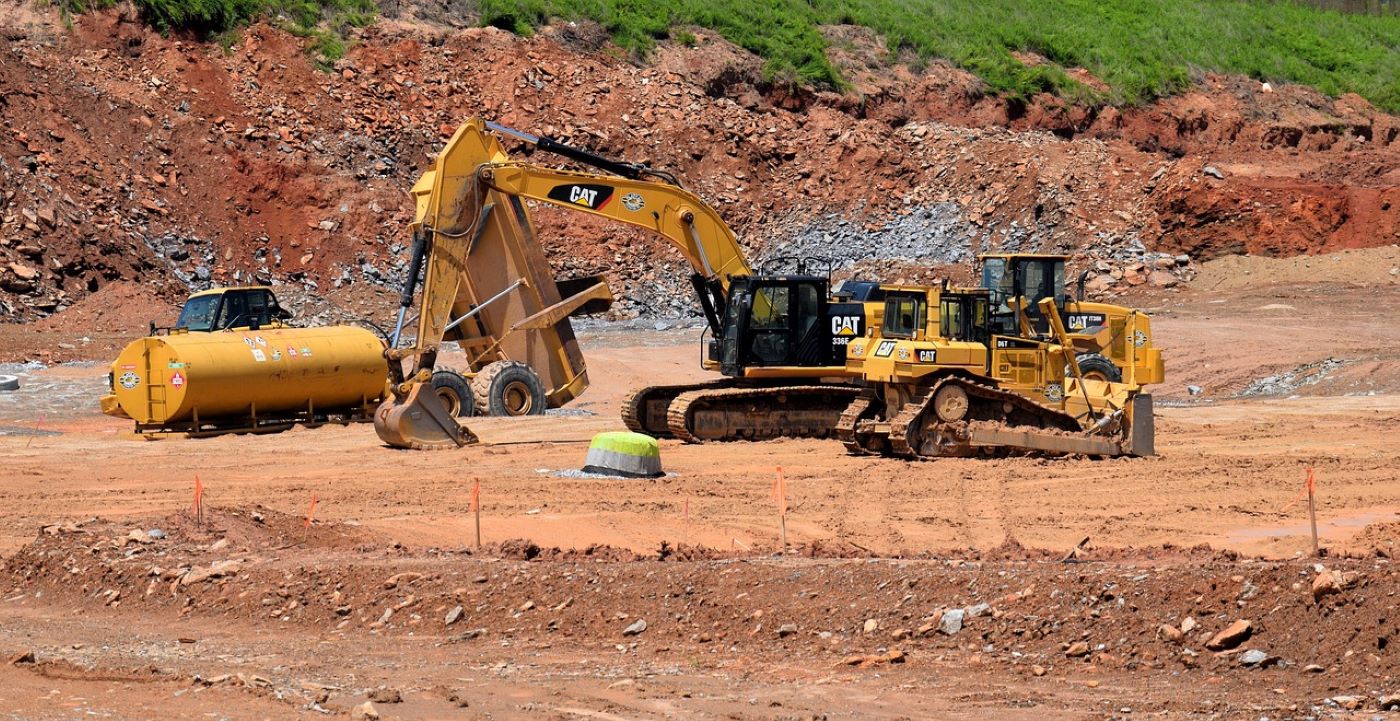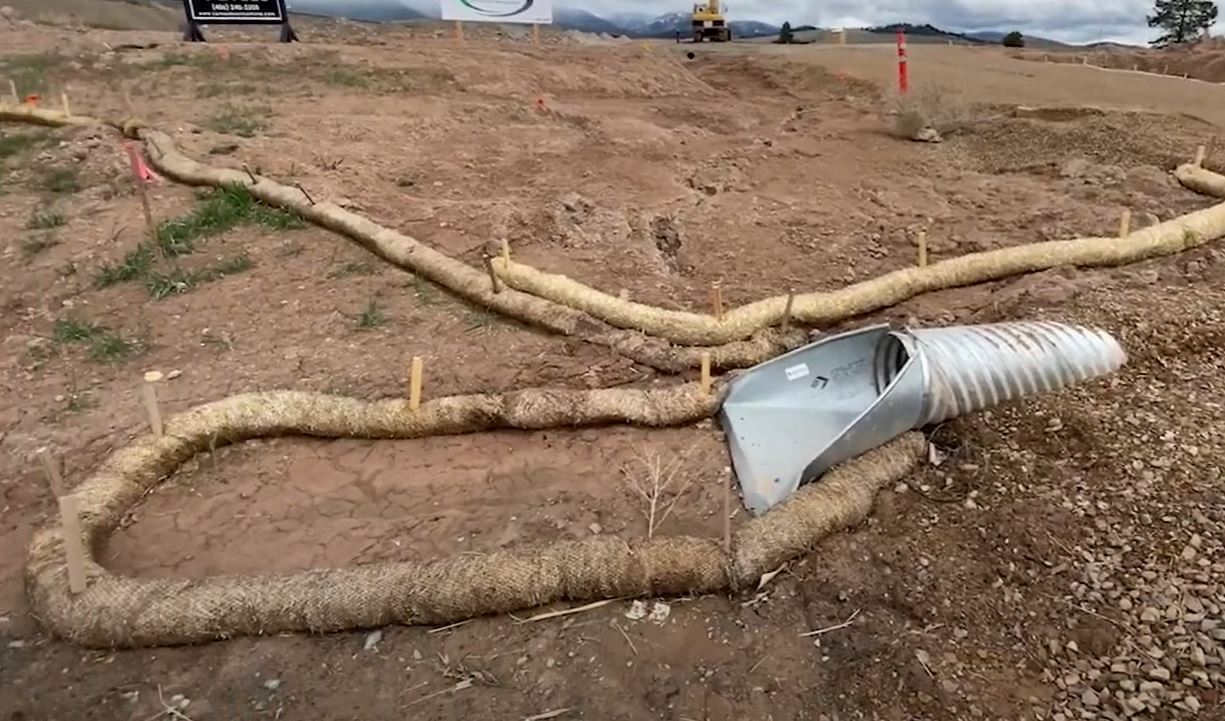
Construction BMP Guide: C209 Outlet Protection
Outlet protection prevents scour at conveyance outlets and minimizes the potential for downstream erosion by reducing the velocity of concentrated stormwater flows. Outlet protection should be used at all outlets of ponds pipes, ditches, or other conveyances that discharge to natural or constructed drainage feature such as a stream, wetland, lake, or ditch.
*The contents of this guide are to provide a general overview only. It is the users responsibility to ensure all BMPs utilized on their project meet the requirements of their state and local jurisdictions.


Outlet Protection Installation:
- The receiving channel at the outlet of a culvert shall be protected from erosion bylining a minimum of 6 feet downstream and extending up the channel sides a minimum of 1 foot above the maximum tailwater elevation or 1 foot above the crown, whichever is higher.
- For pipes > 18 inches in diameter, the outlet protection lining of the channel shall be four times the diameter of the culvert.
- Standard wing walls, tapered outlets, and paved channels should also be considered when appropriate for permanent culvert outlet protection (see the latest version of the Washington State Department of Transportation Hydraulics Manual).
- BMP C122E: Nets and Blankets or BMP C202E: Riprap Channel Lining provides suitable options for lining materials.
- With low flows, BMP C201E: Grass-Lined Channels can be an effective alternative for lining material.
- The following guidelines shall be used for riprap outlet protection with riprap:
- If the discharge velocity at the outlet is < 5 feet per second (ft/sec), use 2- to 8-inch riprap. Minimum thickness is 1 foot.
- For a discharge velocity of 5 to 10 fps at the outlet, use 24- to 48-inch riprap.

Outlet Protection Maintenance:
- Inspect outlet protection structures frequently and repair as needed
- Add rock as needed to maintain the intended function
- Remove sediment buildup from any energy dissipater structures



